Winter house maintenance is a big deal. This is the time to protect yourself and your house from the cold and from storms. As we all know, home ownership comes with a lot of added responsibility. Let’s just jump into the winter house maintenance.
- Disaster Preparedness Kit
- Doormats
- Extra Insulation for Attic
- Insulate Pipes and Hot Water Heater
- Humidifier
- Steps Safety
- Shovel and Salt
- Automatic Lights
- Storm Windows and Doors
- Generator
- Firewood & Propane
Disaster Preparedness Kit
Winter storms, freezing rain, and other disasters can leave you in a bad position. To mitigate some of the issues you may face, you need a disaster preparedness kit. In Durham, you’re more likely to face power outages and flooding than you are long winter storms or tornados. If we get snow, we’re likely going to be stranded for only a day at most.
Your disaster preparedness kit should include the following:
- Flashlight
- AA & AAA batteries
- 1-2 gallons of drinking water
- Warm blankets
- Nonperishable food
- Battery powered radio
- First aid kit
- Duct Tape
- Plastic garbage bags
- Alcohol wipes
- A short supply of any critical medicines you may need
Your goal should be to be able to live 3 days off of your kit. If you have children, obviously your supply should be larger than if you were alone. Ready.gov has a lot of great resources for your disaster preparedness kit.
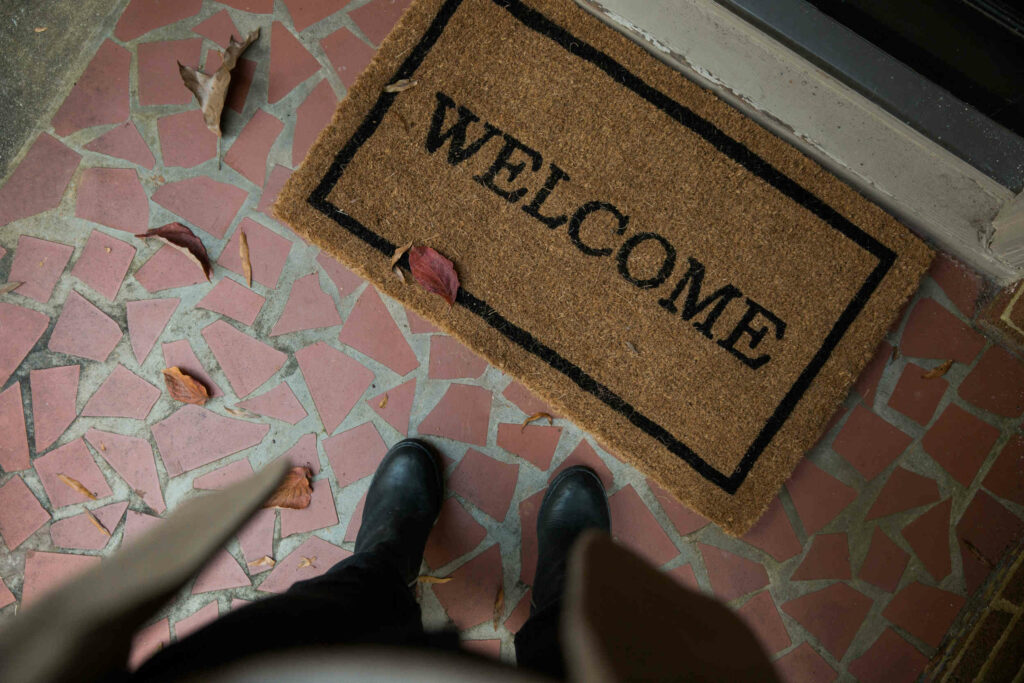
Doormats
Roads are wet. Your sidewalk is wet. Everything is wet. Therefore, you should get a few doormats to help encourage your guests and children to wipe their shoes before entering. Excess dirt and water can lower the lifespan of your floors. A doormat is a simple preventative measure you can take.
Extra Insulation for Attic
Time to check your attic to see if it needs any additional insulation. If you have an unfinished attic, you likely have fluffy insulation between the joists in your attic. You can pipe in this insulation, called loose fill, when you need more. For best insulation, there should always be 6-10 inches of loose fill. Attic joists are usually 5 1/2 to 9 1/4 inches tall. You should stab a tape measure or ruler down to find out how tall yours are.
If you’re short on insulation, it’s time to add some. You can buy it in bundles from home improvement stores or hire a service to pipe it in. You should pick which route to take depending on how much you need.
If you have an insulated attic, that means you have insulation on the walls, not floor of the attic. Ideally, this insulation would also be behind drywall or paneling, but if it isn’t, now is a good time to check to make sure there aren’t any gaps or wet spots.
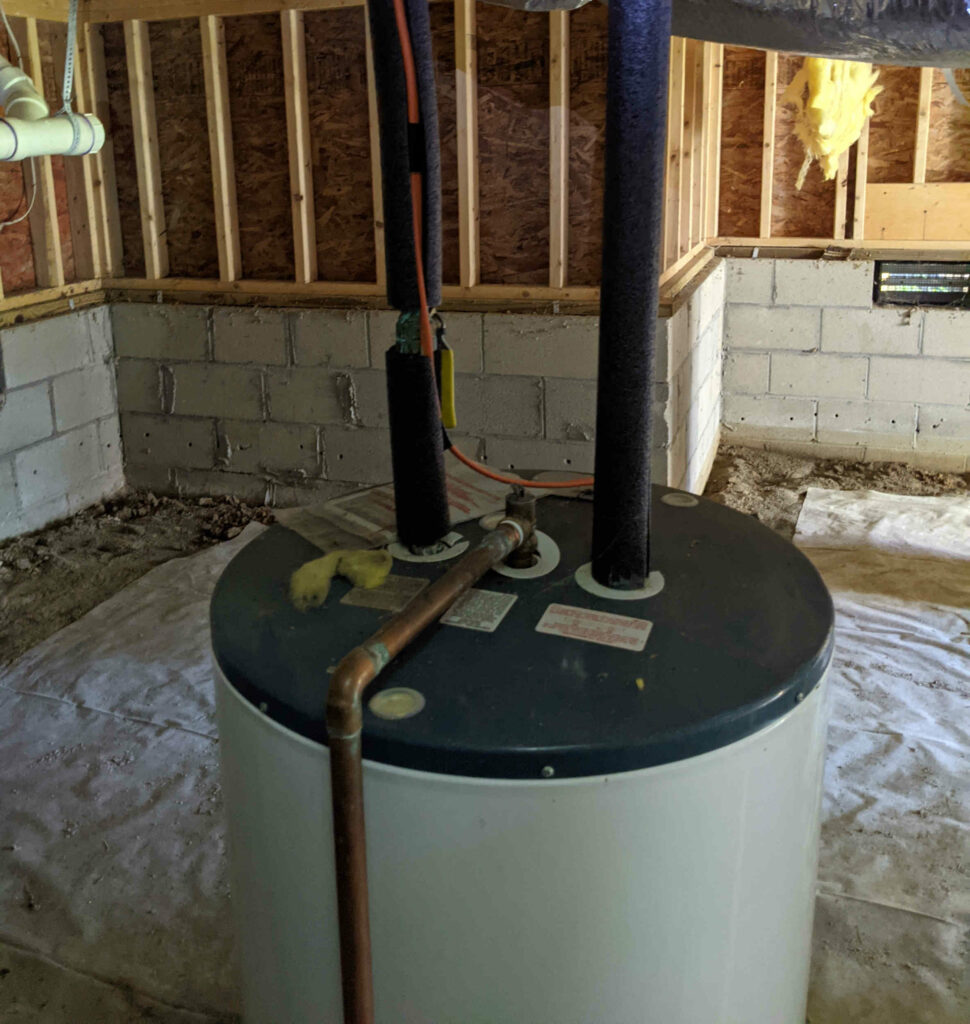
Insulate Pipes and Hot Water Heater
If your hot water heater or hot water pipes run under your house like mine do, it’s a good idea to wrap them up with some insulated coverings. This will make your hot water hotter in the winter and save you money. Fortunately, these insulated tubes are cheap and last a very long time.
Additionally, they make insulated blankets to wrap your hot water heater with. You should wrap any hot water heaters in crawlspaces or uninsulated garages to increase their efficiency. This can make a huge difference!
Humidifier
With winter, we get dry air. That’s just how Durham works. A little bit of extra moisture can add to your health. If you need a little extra humidity in the summer, you should get a humidifier for your bedroom, common rooms, or your whole house. They make humidifiers you can add to your HVAC system, but they’re expensive and usually unnecessary.
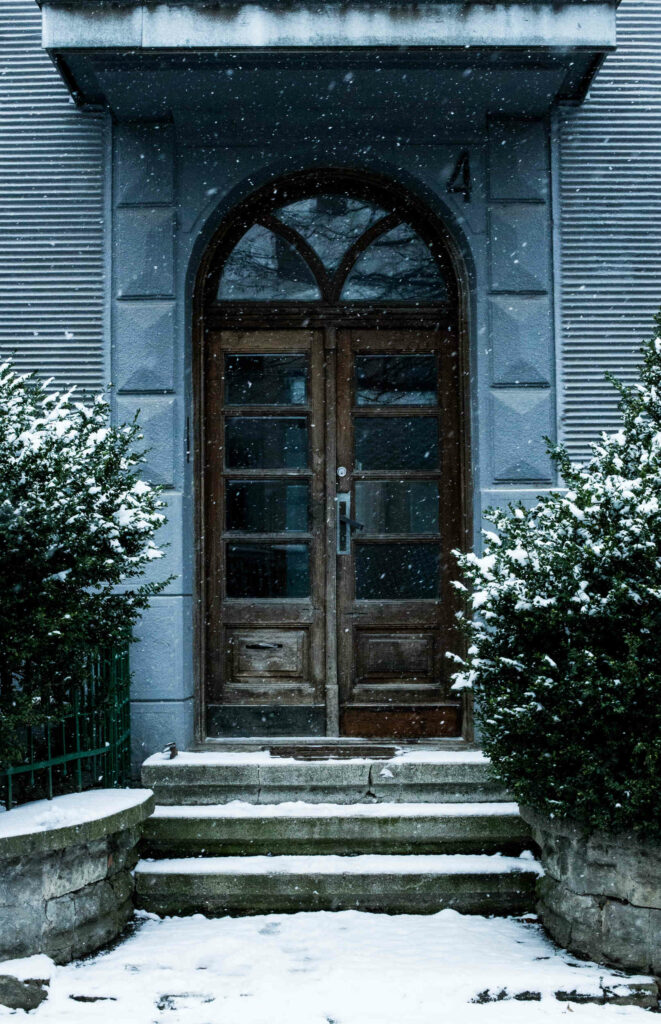
Steps Safety
If you have steps, it’s time to check how safe they are. Steps can be slippery when wet or when they have ice on them. You’ve got two areas to focus on:
- Slickness
- Railings
If your steps are slick when wet or icy, you can add those anti-slip treads. They’re incredibly cheap and easy to install.
Railings should be sturdy and easy to support yourself. Any set of stairs more than a couple of steps should definitely have a railing. However, I think all steps should have railings. You never know when someone might not be stable going upstairs.
Steps are an important part of your winter house maintenance. Additionally, slippery steps are a legal hazard for your house. Visitors, delivery persons, and neighbors can get hurt on them and you might get in trouble.
Shovel and Salt
In Durham, we might get snow. If you have a sidewalk in front of your house, you’re responsible for shoveling and salting it. Make sure you have a shovel and a little bit of road salt. Because no one is prepared, we run out every year. Therefore, it’s important to plan ahead.
Automatic Lights
If you leave work at 5pm, you’re probably getting home after dark for part of the winter. Therefore, you should setup lights to turn on automatically when it gets dark or have other lights that illuminate your driveway or walkway to your front door. My house is especially dark because we don’t have streetlights on our road.
Protect Exterior Hoses and Irrigation
If you haven’t already done so, it is time to pack up or insulate exterior hoses and irrigation systems. Above ground irrigation and hoses should be disconnected and brought inside to prevent freezing. In-ground irrigation needs to be protected according to the manufacturer’s specifications.
Storm Windows & Doors
Not all homes have these, but winter is the time to replace your screen doors and windows with storm doors and windows. This adds additional insulation for your home. However, Durham has a more temperate climate than those in the mountains or in northern states. Therefore, this isn’t as critical if you have energy efficient windows and doors already.
If you have older windows and doors, you should also inspect them for any cracks, gaps, or damage to them or their weather seals. Ideally, you have already done this in the fall, but better late than never.
Generator
How well can you survive without power? If you’re like me, not long. If you need to be extra prepared for power outages, you should invest in a generator before there’s a power outage. Again, no one plans ahead, so generators sell out immediately.
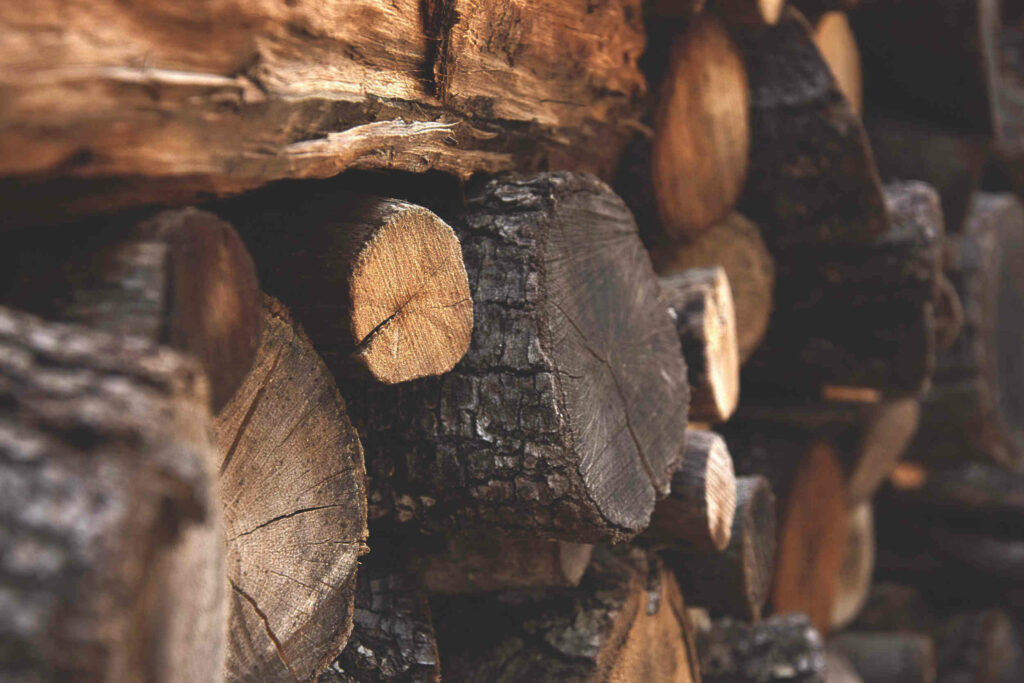
Firewood & Propane
If anything in your house runs on firewood or propane, the beginning of winter is the time to stock up.
Winter House Maintenance
In conclusion, your winter house maintenance involves several key things to work on.
To recap, check these areas to make sure you’re ready for the winter:
- Disaster Preparedness Kit
- Doormats
- Attic Insulation
- Insulate Pipes and Hot Water Heater
- Humidifier
- Steps Safety
- Shovel & Salt
- Automatic Lights
- Storm Doors & Windows
- Generator
- Firewood & Propane
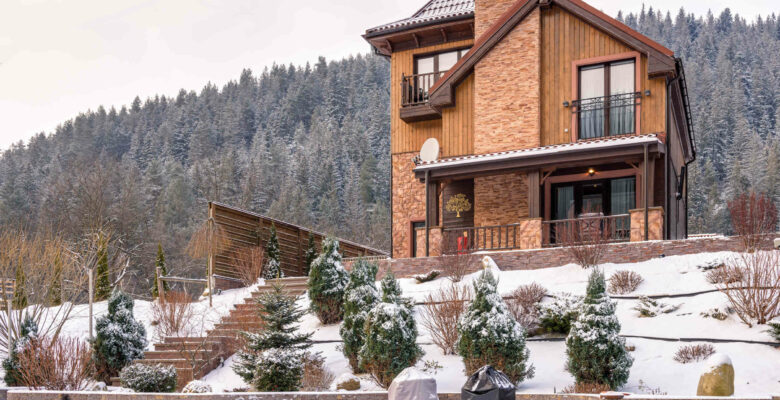




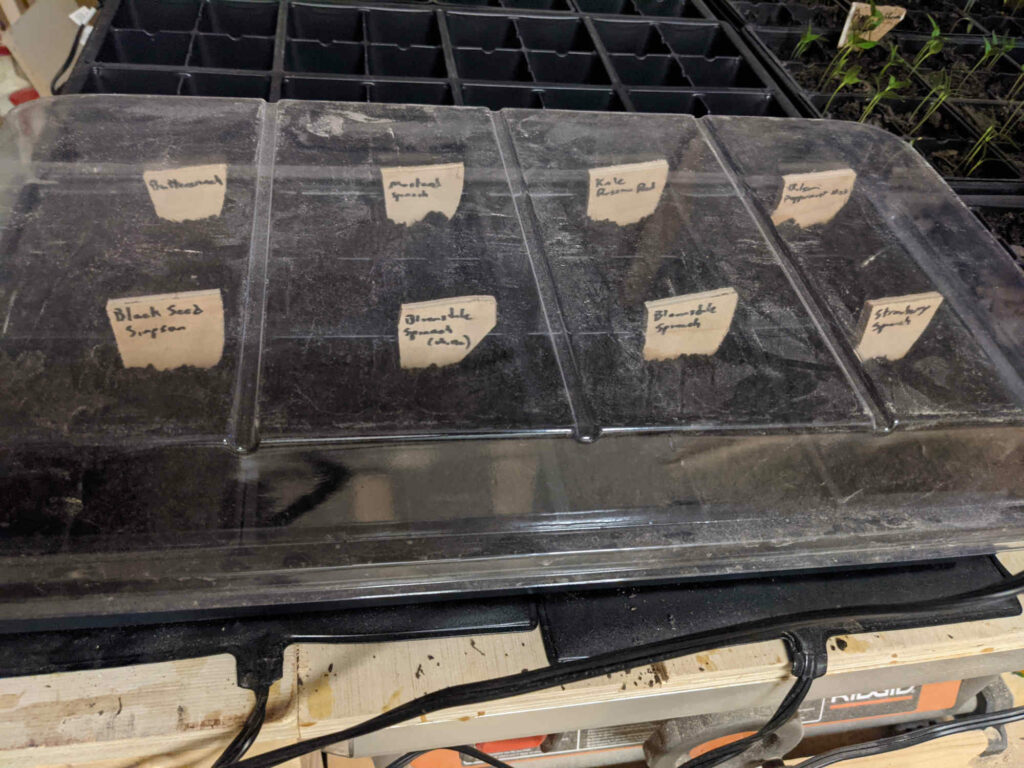
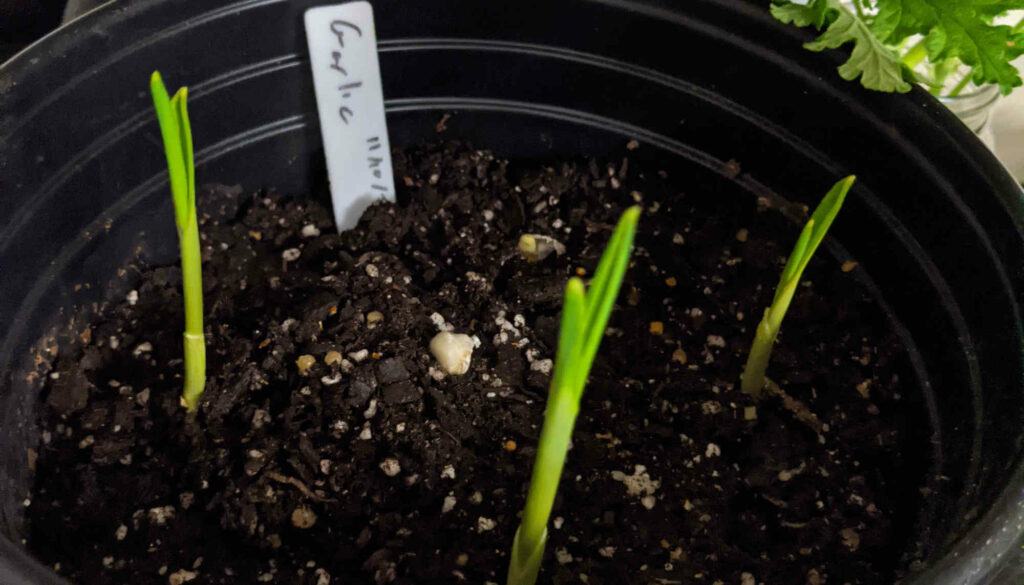
Leave a Reply